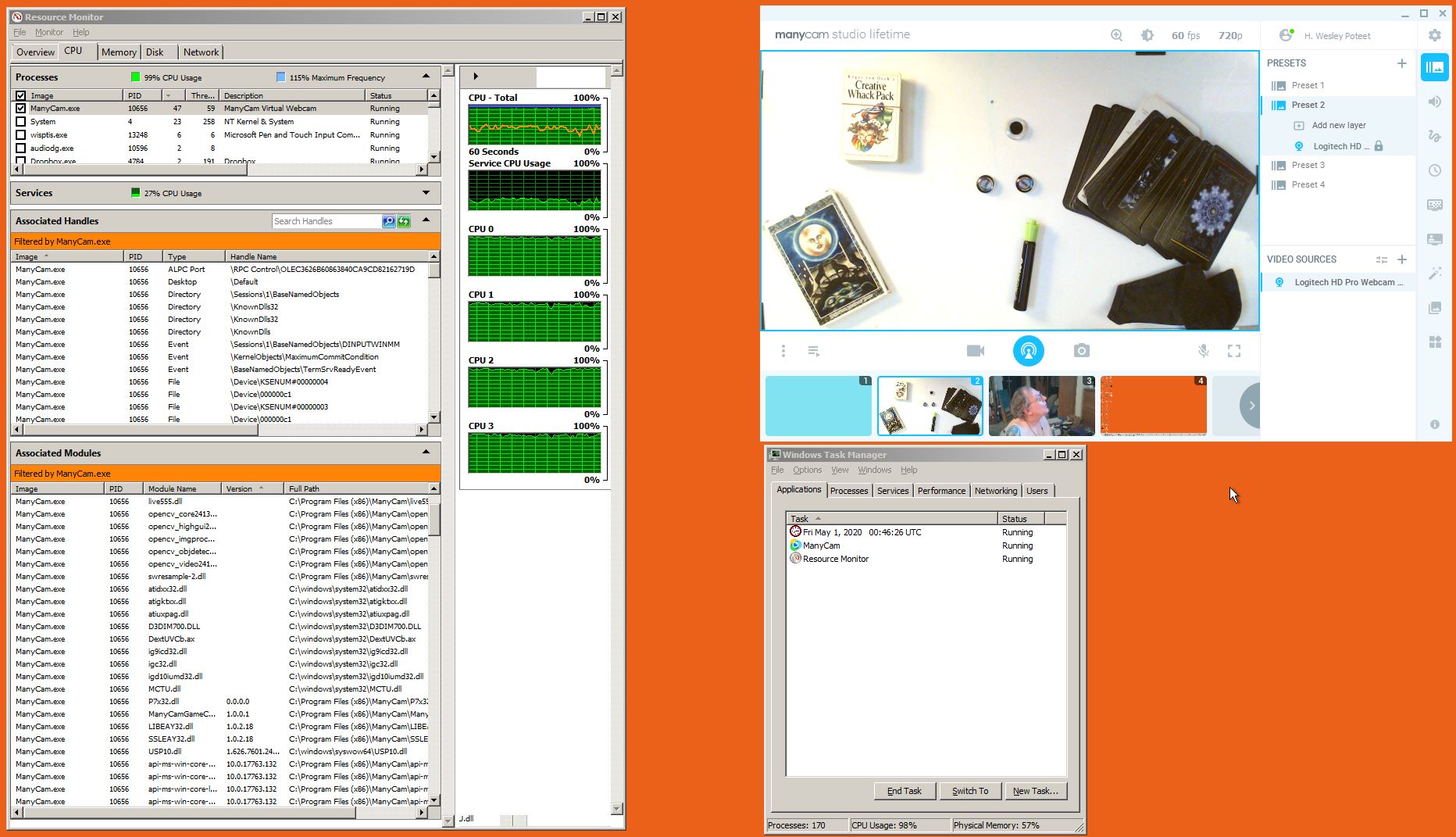

I suggest that you wait to try the graphical programming tools mentioned in Section B.4, “GUI-based programming and debugging tools” until after you've had some experience with the command line tools.
Why does aquamacs use so much cpu how to#
Then read Section 6.1, “Compiling programs” and the two sections that follow it to learn how to compile, run, and debug your programs using Linux. Read Section 3.2, “Navigating the file system” and the sections following it to learn how to work with the shell, using the file managers discussed in Section B.1, “GUI-based file managers” if you get stuck.Ĭhoose one of the editors discussed in Chapter 5, Text editors and learn how to use it, resorting to one of the graphical text editors discussed in Section B.3, “GUI-based text editors” if you get stuck. Then take a quick look at Chapter 2, Built-in help system so that you at least know about the man and info pages. Look over Section 9, “Conventions used in this guide”, including Example 1.1, “How to read a table entry”, if you haven't done so already. Then look at Section 1.4, “Shells, the shell prompt, and your home directory” if you've never worked with a shell before.

Start with Section 1.3, “Accessing the Linux CLI through a GUI's terminal window” if you don't know how to open a terminal. There are also general suggestions for finding information in Section A.1, “Suggested resources for finding information”.įinally, for your convenience, I have included references to GUI-based versions of these tools in Appendix B, Graphical alternatives. Programming tools, discussed in Chapter 6, Programming tools, with references for further reading in Section A.5, “More on programming on Linux machines”. Text editors, discussed in Chapter 5, Text editors, with references for further reading in Section A.4, “More on text editors”. SSH (secure) file transfer (SFTP), discussed in Chapter 4, SSH (secure) file transfer (SFTP). The shell, discussed in Chapter 3, Basic shell commands and related utilities, with references for further reading in Section A.3, “More on the shell and related utilities”. The built-in help system, discussed in Chapter 2, Built-in help system. Linux and its user interfaces, discussed in Chapter 1, Getting started with Linux, with references for further reading in Section A.2, “More on Linux”. The layout of this guide was inspired in part by that of the guides at The Linux Documentation Project (TLDP). This guide was adapted from “ A Guide to the Linux Command Line Interface for Computer Science Students at Washington University,” my final paper for EP 310 (Technical Writing) from Summer 2008 at Washington University. I found DocBook: The Definitive Guide, the DocBook Wiki, DocBook XSL: The Definitive Guide, and DocBook XSL Stylesheets: Reference Documentation to be extremely helpful with preparing and publishing the DocBook source. I found the book Version Control with Subversion to be helpful with managing the guide as a Subversion repository. The XSLT and FO processing was done with xsltproc and Apache FOP, respectively. This guide was prepared as DocBook V4.5 XML source using Aquamacs Emacs's nXML Mode. The most recent version of this guide is available at. GUI-based debuggers not part of an IDEįeedback and errata reports are greatly appreciated and can be sent by e-mail to me (the author). Integrated Development Environments (IDEs) B.4.2. GUI-based programming and debugging tools B.4.1. More on the GNU Binary Utilities (binutils) B. Linux programming and the GNU toolchain A.5.2. More on programming on Linux machines A.5.1. Changing your shell temporarily to Bash A.3.3. General information on the Bash shell A.3.2.

More on the shell and related utilities A.3.1. Suggested resources for finding information A.2. Handling compressed files (tarballs) 3.5. Basic shell commands and related utilities 3.1. Understanding the tables of commands and options 2. Key differences between Windows/Mac OS X and Linux 1.6. Shells, the shell prompt, and your home directory 1.5. Accessing the Linux CLI through a GUI's terminal window 1.4. Graphical user interfaces (GUIs) for Linux 1.3. User interfaces in Linux: graphical and command line 1.2. Who would not want to read this guide? 4.


 0 kommentar(er)
0 kommentar(er)
